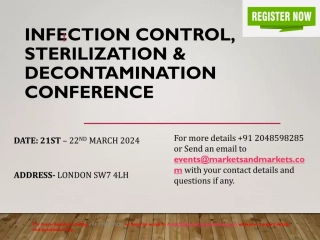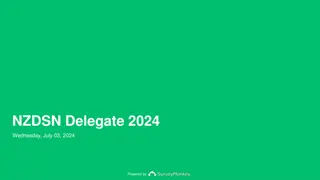Exploring Ownership of Biodiversity and Land for Better Environmental Policy
This project delves into the ownership of biodiversity and land, aiming to combine data on valuable land for biodiversity with economic data. By identifying actors influencing biodiversity, a new statistical module within environmental accounts in Sweden is to be developed. Utilizing geospatial information and various data sources, the project seeks to create a framework for better policy-making to safeguard ecological values.
Download Presentation

Please find below an Image/Link to download the presentation.
The content on the website is provided AS IS for your information and personal use only. It may not be sold, licensed, or shared on other websites without obtaining consent from the author. Download presentation by click this link. If you encounter any issues during the download, it is possible that the publisher has removed the file from their server.
E N D
Presentation Transcript
Who Owns Biodiversity? Land accounts for Biodiversity Using Geospatial Information Jerker Mostr m Dept. Regions and Environment Statistics Sweden EFGS Krakow 2014
Why? Assumption: Ownership reveals different spatial and economic settings for managing land Agriculture, forestry, industries, private persons, government, etc different land use regimes By describing and defining actors, whose actions affects the condition for biodiversity, better policy for safeguarding ecological values can be achieved
Aim of project Find a way to combine data about land valuable for biodiversity with data related to the economy. EU Habitats directive point of departure member states are responsible for monitoring certain habitats Disaggregation of data by industry (NACE/ISIC) To develop a new statistical module within the environmental accounts in Sweden.
Previous efforts Analysis on land ownership has been undertaken previsously From a taxation perspective No disaggregation by industry Entire land area No specific habitats
Source data for ownership and industry Cadastral Map with Real Estate Units (NMCA) Real Estate Tax Assessment Register (Tax Administration/Statistics Sweden) Enterprise register with NACE codes, number of employees, revenue etc (Tax Administration /Statistics Sweden)
Source data for habitats kNN database, forest characterisation (Swedish Univesity of Agricultural Sciences) Wetland inventory (Swedish EPA) Inventory of grazing land and meadows (Board of Agriculture) Key Habitat inventory in forest (Board of Forestry)
Geospatial data Registers Register information linked to geodata Taxation Real estate unit A via real estate ID Enterprise B + Habitat patch Additional information = Real estate parcel + Habitat unit Disaggregate habitat areas to industry (by NACE/ISIC) Selection of objects and habitat areas from geodata C back to registers Statistics
Example - Taiga Western Ta ga according to the Habitats directive = Older, mainly coniferous (pine or spruce) forest with a high degree of naturalness Not possible to use data from the official reporting unit in Sweden because their data is based on estimations and sampling too coarse KNN databse on forest characteristics Hybrid of remote sensing and NFI data Tree types, height and age. 25 x 25 grids
Some results Western Taiga, disaggregation by industry Other industries 8% Public administration and defence 4% Private persons 5% Agriculture 5% Forestry 37% Paper industry 9% Unclassified 16% Real estate activities 16%
Problems and opportunities ahead Results experimental needs further development Method to connect land use/habitat with data on ownership and industry is successful Generic model, possible to apply in other studies We wish to use the method for land accounts on more general land categories Habitat data is the weak spot! No high resolution, particularly delimitated data on habitats correspondig to the definitions of the Habitats directive
Thank you! jerker.mostrom@scb.se























